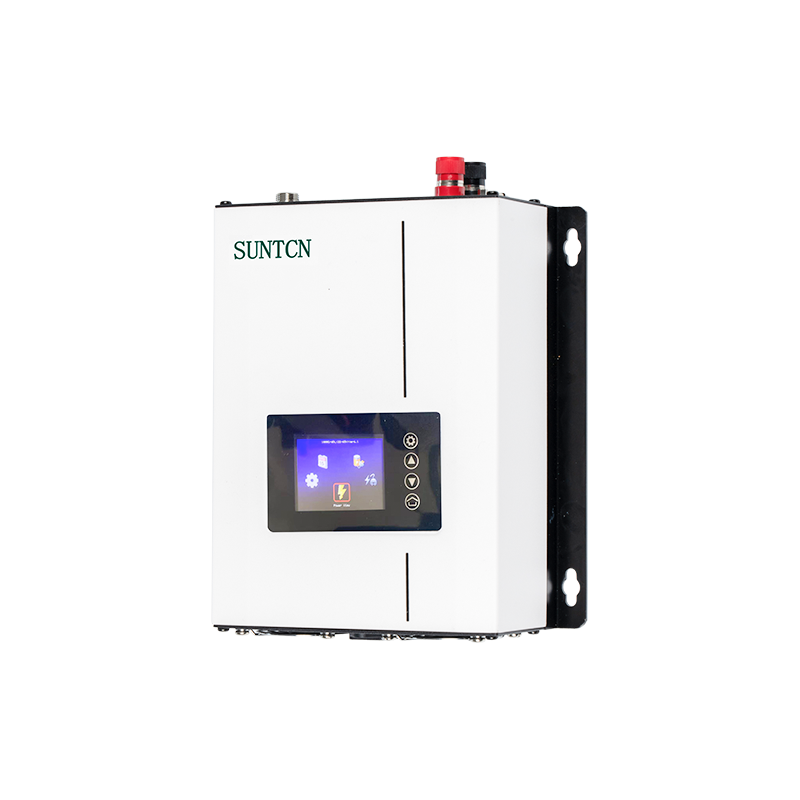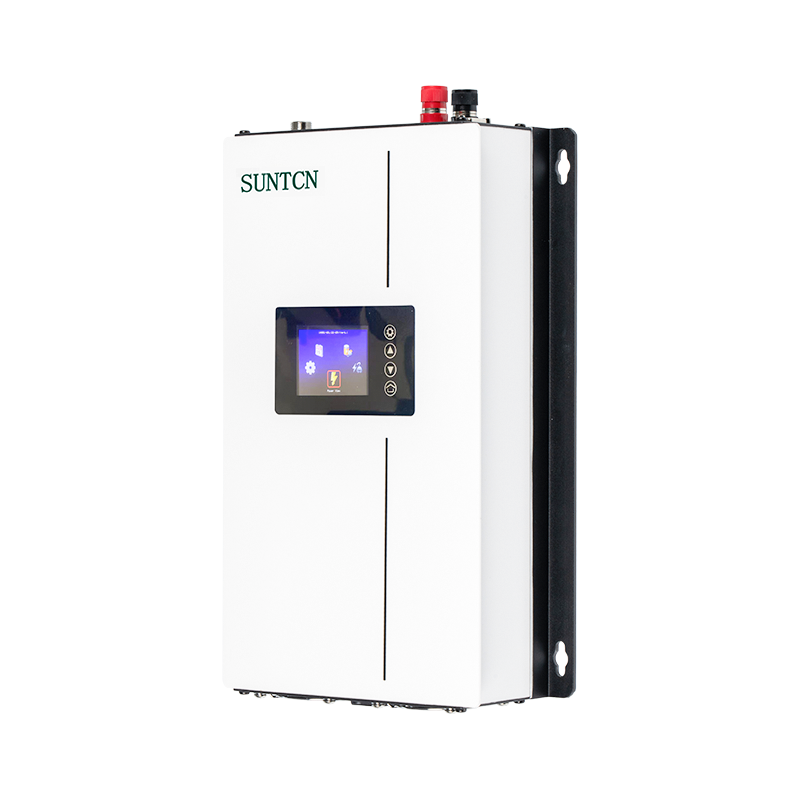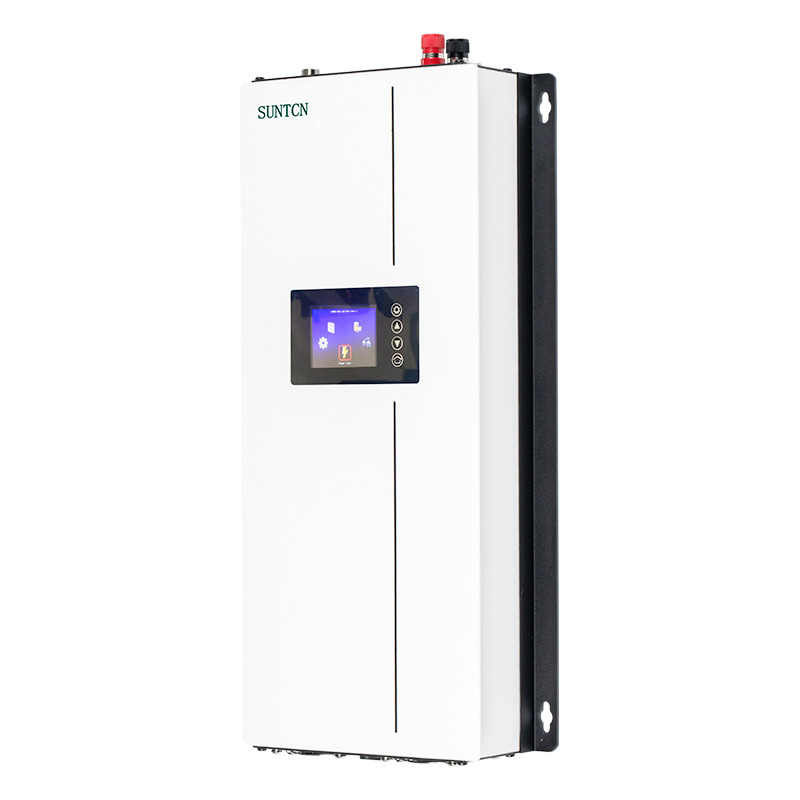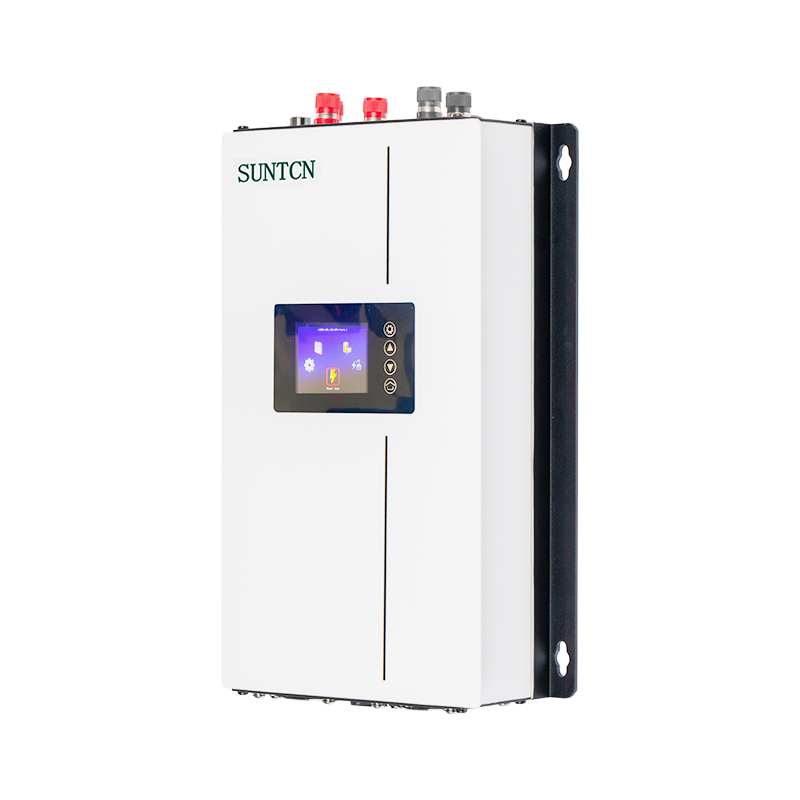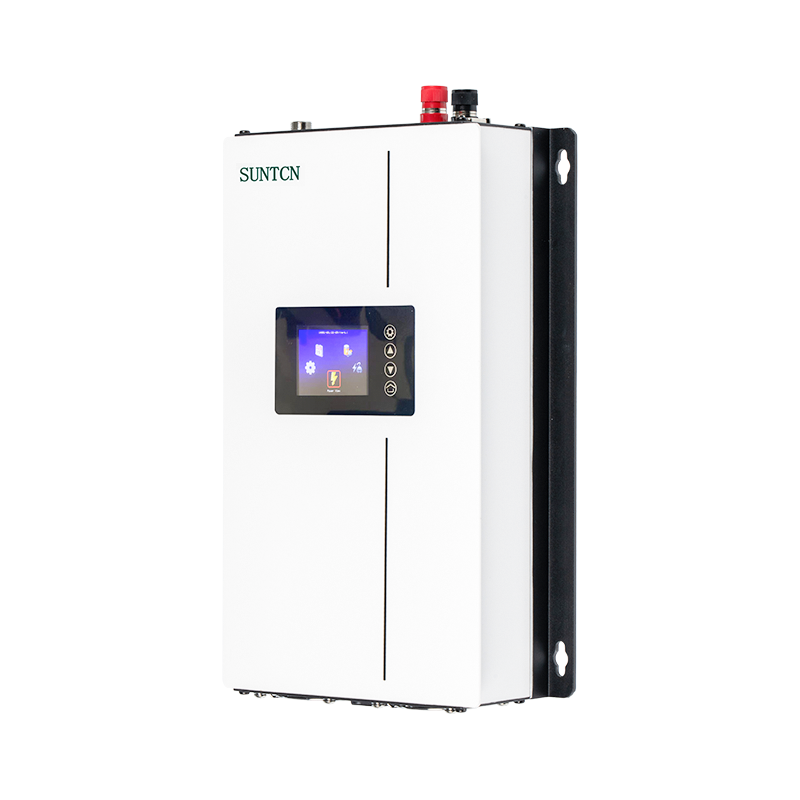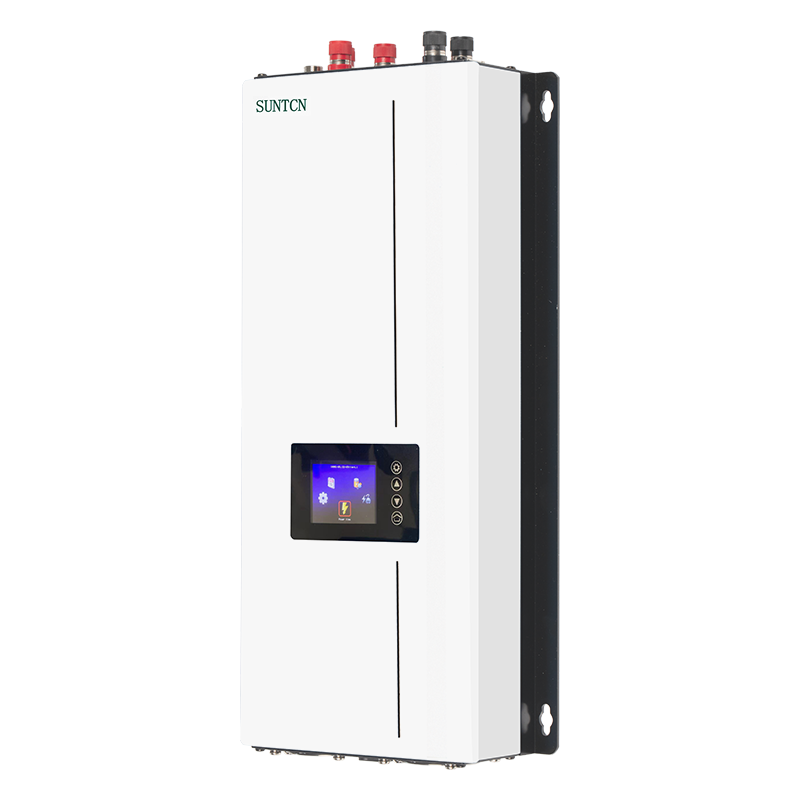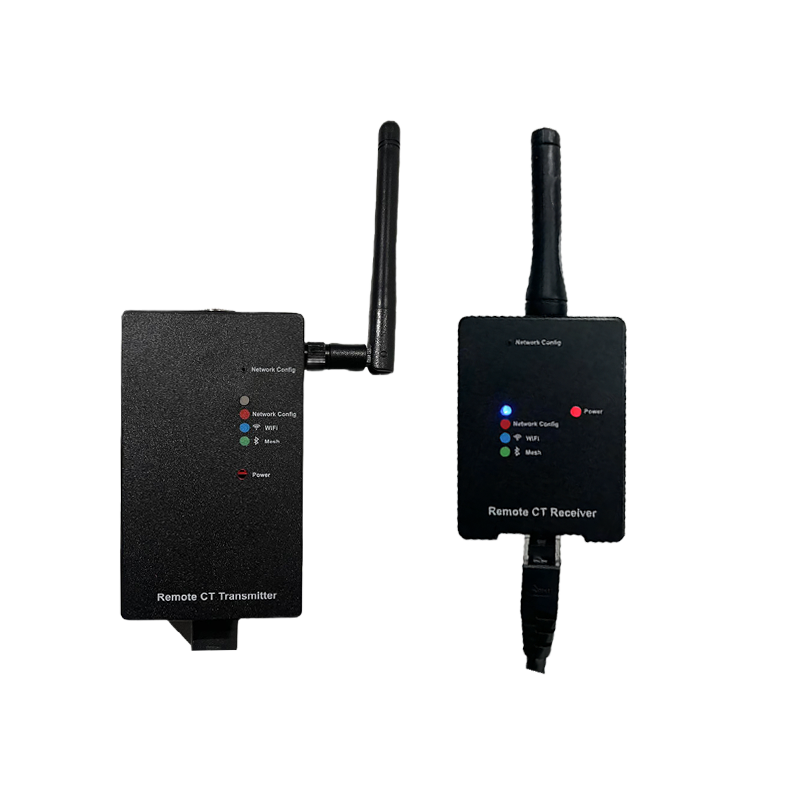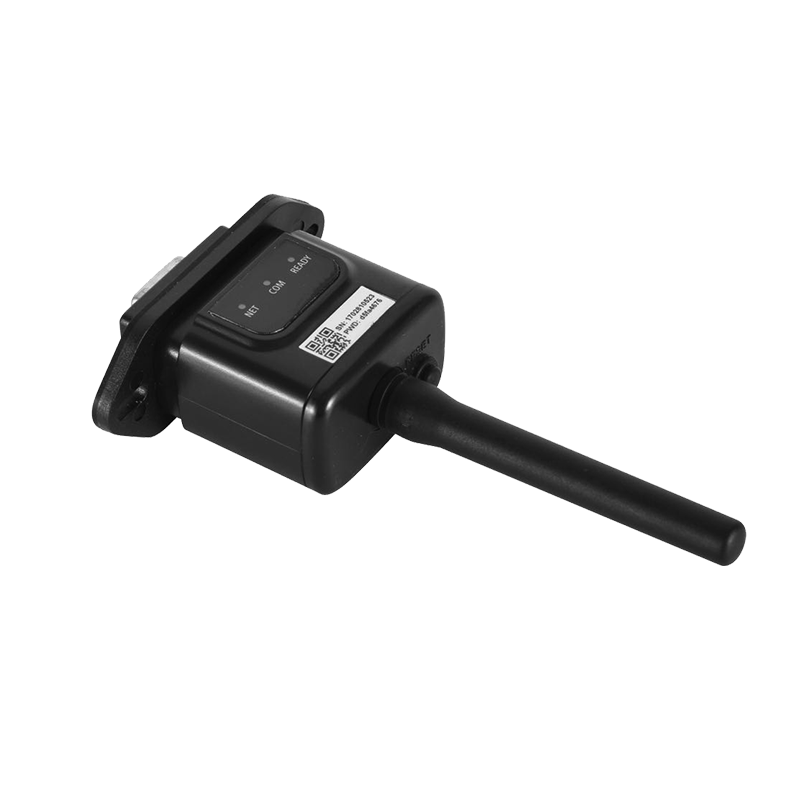As solar energy technology advances, the demand for smarter, more efficient, and more flexible power management systems continues to grow. Among the innovative solutions available today is the Three-Phase Hybrid Inverter, a device that combines solar power conversion, battery energy storage, and grid interaction into a single intelligent system. It plays a vital role in optimizing energy generation, distribution, and consumption—especially in commercial, industrial, and large residential applications.
This article explores the main advantages of using a three-phase hybrid inverter in solar energy systems, explaining how it enhances efficiency, stability, and energy independence.
1. Understanding the Three-Phase Hybrid Inverter
Before diving into the benefits, it is essential to understand what a three-phase hybrid inverter actually does.
A hybrid inverter combines the functions of a solar inverter and a battery inverter. It can convert DC power from solar panels into AC power for use in homes or businesses, while also managing energy storage in batteries and facilitating power exchange with the grid.
When designed for three-phase systems, the inverter supports higher power capacities and more balanced electricity distribution across three alternating currents (phases). This is particularly important for large-scale buildings, factories, and facilities that rely on three-phase power for heavy-duty machinery and consistent voltage supply.
2. Enhanced Energy Efficiency and Load Balancing
One of the significant advantages of a three-phase hybrid inverter is its ability to balance electrical loads efficiently across all three phases.
In traditional single-phase systems, uneven load distribution can cause voltage fluctuations and inefficiencies. A three-phase hybrid inverter intelligently distributes power across the three lines, ensuring a stable, balanced energy supply that improves equipment performance and extends its lifespan.
Moreover, hybrid inverters minimize power loss by dynamically managing how solar energy is used, stored, or exported to the grid. This real-time optimization boosts overall system efficiency, making energy use more sustainable and cost-effective.
3. Seamless Integration of Solar and Battery Storage
A three-phase hybrid inverter acts as the central hub for renewable energy management, seamlessly integrating solar panels, battery systems, and the utility grid.
During the day, solar energy can be used to power electrical loads directly, with any surplus stored in the battery. At night or during low sunlight periods, the stored energy can be discharged to meet demand. If both solar and battery sources are insufficient, the inverter automatically draws power from the grid.
This intelligent switching allows for utilization of renewable energy, reduces reliance on the utility grid, and provides a reliable backup during power outages. For commercial and industrial users, this translates to energy independence and lower electricity bills.
4. Improved Power Quality and Stability
Three-phase hybrid inverters are designed to maintain power quality, even under fluctuating load conditions. They regulate voltage and frequency output, ensuring that connected appliances and machinery receive a consistent and reliable power supply.
Advanced models also include features such as:
- Reactive power compensation to support grid stability.
- Harmonic filtering to reduce electrical noise and distortion.
- Phase synchronization to ensure smooth grid interaction.
These capabilities make the three-phase hybrid inverter ideal for industrial applications where power quality is critical for maintaining production efficiency and protecting sensitive equipment.
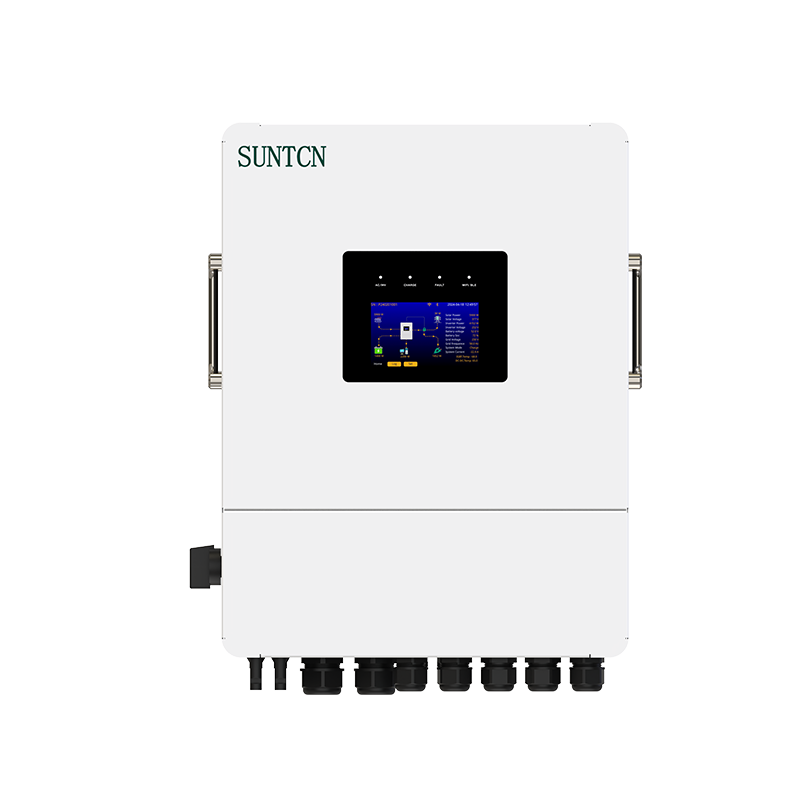
5. Greater Power Capacity for Large-Scale Applications
Unlike single-phase inverters, which are typically limited to residential-scale installations, three-phase hybrid inverters can handle higher power capacities—often from 10 kW to 100 kW or more.
This makes them particularly suitable for:
- Factories and manufacturing facilities with heavy machinery.
- Commercial buildings with multiple energy-intensive systems.
- Large residential complexes or farms with distributed energy needs.
With greater capacity and scalability, a three-phase hybrid inverter ensures that energy generation and consumption remain stable and efficient, even in demanding environments.
6. Grid Support and Smart Energy Management
Modern three-phase hybrid inverters are designed not just as standalone devices but as active participants in the smart grid ecosystem. They can communicate with the grid to balance supply and demand dynamically.
Key grid-supporting functions include:
- Peak shaving: Reducing grid demand during high-usage periods by drawing from battery storage.
- Frequency regulation: Helping stabilize grid frequency by adjusting power output.
- Demand response: Automatically adapting energy usage based on grid signals or pricing models.
By enabling bi-directional energy flow, these inverters can feed excess solar power back to the grid when generation exceeds demand, supporting both the grid’s stability and the user’s profitability through net metering or feed-in tariffs.
7. Backup Power and Energy Security
Another major benefit of using a three-phase hybrid inverter is its ability to provide backup power during outages or grid instability.
When connected with batteries, the inverter can instantly switch to off-grid mode during a blackout, supplying uninterrupted power to critical loads. This is particularly valuable in hospitals, data centers, or manufacturing facilities where downtime can result in significant losses.
Some advanced hybrid inverters even allow partial backup operation, where essential equipment remains powered while non-essential circuits are disconnected. This ensures energy resilience and enhances safety and operational continuity.
8. Cost Savings and Long-Term Return on Investment
Although the initial cost of a three-phase hybrid inverter may be higher than that of a conventional inverter, the long-term financial benefits are substantial.
Cost-saving advantages include:
- Reduced grid consumption: By solar self-consumption.
- Lower demand charges: Through peak load reduction.
- Increased battery lifespan: Due to intelligent charge/discharge management.
- Revenue from excess energy export: Via grid feed-in programs.
In addition, the inverter’s integrated design means fewer components, simpler installation, and less maintenance compared to managing separate solar and battery inverters. This contributes to a faster payback period and higher overall system value.
9. Smart Monitoring and Remote Management
Three-phase hybrid inverters typically come with advanced monitoring and control systems, allowing users to track energy production, consumption, and storage performance in real time.
Through web dashboards or mobile apps, users can:
- Monitor solar generation and grid interaction.
- Adjust system parameters remotely.
- Receive alerts about system faults or performance issues.
- Analyze long-term energy data for optimization.
This level of visibility not only simplifies system maintenance but also helps operators make data-driven decisions to further enhance energy efficiency.
10. Environmental and Sustainability Benefits
From an environmental standpoint, a three-phase hybrid inverter contributes significantly to sustainable energy goals. By improving the efficiency of renewable energy use and reducing dependence on fossil fuels, it directly lowers carbon emissions.
Moreover, the ability to store and manage solar energy locally reduces transmission losses and supports distributed generation, a key element in building cleaner, smarter power grids.
As global industries shift toward sustainability, these systems enable businesses and communities to align with green energy policies and carbon neutrality targets.
Conclusion
The Three-Phase Hybrid Inverter stands at the forefront of modern solar energy technology. It not only converts and manages power more effectively but also creates a bridge between renewable generation, energy storage, and the smart grid.
Its main advantages—superior efficiency, balanced load management, grid stability, high capacity, energy security, and intelligent control—make it a game-changing solution for large-scale solar systems. Whether in commercial buildings, factories, or microgrid setups, the three-phase hybrid inverter provides a future-ready foundation for achieving energy independence, economic savings, and environmental sustainability.

 English
English Español
Español Deutsch
Deutsch